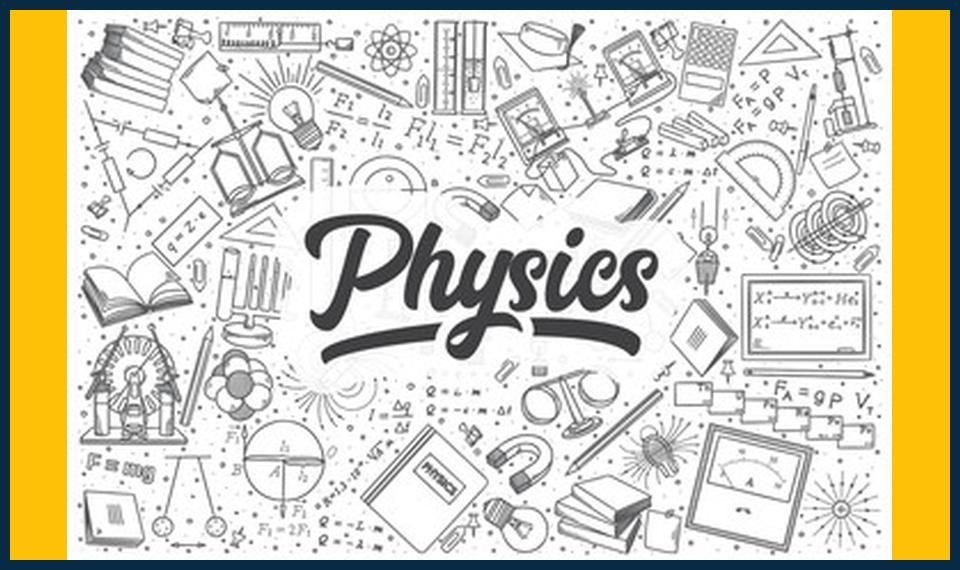![]()
Mastering Chemical Equations: Your Ultimate GCSE Chemistry Guide 🔬📚
Introduction 🌐
Hello there, students, parents, tutors, and teachers! 👋 Welcome to our comprehensive guide on balancing chemical equations, a crucial skill for acing GCSE Chemistry. Whether you’re a student striving for academic success, a parent supporting your child’s learning journey, a tutor looking to boost your students’ understanding, or a teacher eager to provide the best resources, this guide is for you. Let’s dive in!
What’s the Big Deal with Balancing Chemical Equations? 💥🔄
Balancing chemical equations is not just about writing equations correctly; it’s about understanding the conservation of mass and the number of atoms of each element in a chemical reaction. This skill is essential for calculating amounts of reactants and products, solving problems, and understanding the substance world around us.
Step-by-Step Guide: Balancing Chemical Equations 👩🏫📝
1. Identify the number of atoms of each element in the products and reactants. Write down the number of each element in the unbalanced equation.
Example: 2H2 + O2 → 2H2O
2. Balance the atoms of one element at a time. Start with the element that has an odd number of atoms on one side of the equation. If this isn’t possible, start with the element that appears in the middle of the equation.
Example: If we start with H, we’ll add H2 to both sides to make it even. Now we have 4H2 + O2 → 2H2O
3. Check the other elements. The other elements should be balanced automatically because the number of atoms of each element is conserved in a chemical reaction.
Example: In our case, we have 4O (2O2) = 4O (2H2O)
4. Simplify the equation. Cancel out any excess groups of reactants or products.
Example: 4H2 + O2 → 4H2O
Practical Tips for Balancing Chemical Equations 🔬🧪
Use a table to keep track of the number of atoms of each element in both reactants and products. This will help you keep everything organized.
Practice, practice, practice! The more you balance equations, the better you’ll get. Try to balance equations for different types of reactions, such as combustion, synthesis, and decomposition reactions.
Real-Life Examples 🌳🏭
Combustion: C6H12O6 (glucose) + 6O2 → 6CO2 + 6H2O (respiration)
Synthesis: 2Na + Cl2 → 2NaCl (synthesis of table salt)
FAQs ❓
- 💭 What’s the best way to balance a complex chemical equation?
- 🧪 Break down the complex equation into simpler reactions, balance each part, then combine the balanced parts.
- 💡 How can I simplify a balanced chemical equation?
- 🔄 Cancel out any excess groups of reactants or products to make the equation as simple as possible while still accurately representing the reaction.
- 🎓 How can I improve my understanding of balancing chemical equations?
- 📚 Practice, practice, practice! Try different types of reactions and use a table to keep track of the atoms of each element.
Conclusion 🏆
Balancing chemical equations is a vital skill for GCSE Chemistry, and with practice, it can become second nature. Whether you’re a student, parent, tutor, or teacher, we hope this guide has provided you with valuable insights and practical tips to help you master this essential skill. Happy studying! 📚🎓
Additional Resources 📚
Tutor GP offers personalised online tuition in GCSE Science, Maths, Physics, Chemistry, Biology, A-Level Sciences, and International Baccalaureate subjects. Visit [www.tutorgp.com](http://www.tutorgp.com) to learn more.
Check out [www.bbc.co.uk/bitesize](http://www.bbc.co.uk/bitesize) for free resources, videos, and quizzes to help you practice balancing chemical equations.




